-
Posts
1,510 -
Joined
-
Last visited
-
Days Won
1
Content Type
Profiles
Forums
Gallery
Blogs
Events
Articles
Store
Downloads
Posts posted by TooTallMike
-
-
Hello Richard,
I will have a look this weekend for you and let you know.
I have a feeling the guy I know at the bus company said they are around the 160 HP mark.
Jamie
Dart engine should be 180hp.
- MG
-
Hi John,
I'm enjoying watching your progress and very impressed by the scale of the project.
In case it helps, these are the people I use for engine mount rubbers: http://www.vibration-mounts.co.uk
- MG
-
Having googled it that engine looks very similar to the R6602. They don't use the same gaskets do they?
The R6602 was made in a number of guises, with different RXXXX numbers, but the block and head were the same.
If it's common with R6602 then most engine parts are available off the shelf in Holland and the US.
- MG
-
I might have missed it, but how does the power/torque of the Cummins compare to the original motor? Is the HT going to be a speed demon?
As Vince says, the rev range will be almost the same so speed will be similar but with the greater torque it'll spend much more time in the higher gears and will probably therefore actually seem faster. It will be louder although the turbo should help reduce that. The big wins are on economy (think 8- to 10-fold improvement in consumption) and reliability (starts first turn every time and no more churning over on damp mornings).
Petrol engines will never catch on...

- MG
-
First test drive of red truck conversion:
- MG
-
 1
1
-
-
Thanks Vince,
That does make sense but it must have been a mod by the bus company, or a special order.
- MG
Mike, think of the layout in a Dart. When you open the bonnet (at the rear of the bus for those not familiar with busses), the front of the engine is staring at you. Having the filter on the front of the engine is probably to improve accessibility for servicing as you wont have to get underneath the vehicle to change the filter. -
Any reason for not going either full 12v or full 24V?
Normally the fuel filter on Darts is on the LH side of the head, on the underside of the inlet chamber and is integral to the head. This system works absolutely fine for up to 180hp engines. This location appears to be clear on your engine so I wonder why they used that front mounted jobby? It would be a very easy job to change yours to the more conventional spec. and would save you having to find anywhere else for a filter housing.
FYI on higher-powered engines this location is not used and a separate filter assembly is bolted onto the side a bit further back using two of the inlet cover bolts. I presume the reason is that the higher powered engines require a greater fuel flow than the original design allowed for.
- MG
Richard,I'm using 24 volt start and 12 volt electrics.
The fuel filter on the front at the top of the engine is something the bus company dose. I'm guessing lack of space in the engine bay? I will be moving it once I get it in the chassis.
I can get you some pictures of the Perkins P6 engine in a GMC.
Jamie
-
I like the fact that despite it being an unusual combination for road use, someone has gone to the effort of fitting a number plate at the back!
- MG
-
Jamie,
Manifold depression won't be enough. There is a vacuum pump available that bolts on in the compressor location.
- MG
After a busy weekend, I finally have the gearbox and engine painted and bolted together. I have a few little thing to sort out on the engine, mainly fixing the alternator and looking at putting a vacuum pump on there so I can still use the hydrovac brake system. Failing that I could use the vacuum from the manifold. -
Don't bother with sealed beams unless you're a rivet-counter: you can fit Wipac lenses with 6V halogen bulbs and built-in side lights. There is no reason why a properly set-up stock electrical system shouldn't be able to power them and you'll get way more light.
Incidentally, for one bulb to go followed by the other suggests something other than a circuit breaker.
- MG
-
I'm liking that red paint Mike - looks cracking.
Thanks mate, it's the colour I did the engine in the yellow truck and the customer liked it so much he wanted his the same!
Isn't it time we pulled your engine and 'box back out for a paint-up? They'd look great in mid grey.
- MG
-
Peter,
As per original spec. there are no fuses, just various circuit breakers which are thermal trips, so they will re-set themselves after a short while. Are the new bulbs now blown or is it the circuit that's now at fault? I wouldn't just go by testing with the 'good' sealed beam, can you put a voltmeter across the terminals?
- MG
I'm hoping that HMVF members can help me solve a problem with the headlights on my 1942 GMC CCKW 353 B2. It's been very well restored (not by me!) and I'd like to keep it as original as possible - it's still 6 volt, for example.Recently, one of the sealed beam headlight units 'died' and it seems they're not easily available any more. Rex Ward was kind enough to suggest changing to the easily available Lucas LUB322 light unit and LLB423 light bulb and with a bit of fettling they fitted perfectly, are brighter and still look right! Sadly, in the middle of my celebrations, one stopped worknig and then the second one did the same. I've refitted the one good sealed beam unit and this doesn't work, so I'm thinking fuse / circuit breaker, but where is it? Do I have to take the instrument panel out to get at it? (I hope not!)
Any helpful ideas gratefully received!
-
-
Link to the conversion of my Yellow truck:
Adrian Scott's truck:
http://hmvf.co.uk/forumvb/showthread.php?22325-Next-Ward-LaFrance-restoration&highlight=ward+cummins
Mark Hart's truck:
-
Hi all,
Seeing the current revival of interest in diesel conversions I thought I'd make a record of all of the engine conversions carried out by both Green Barn Services (my MV restoration & modification business), and by the individual members of Green Barn Group (our vehicle club). I plan to link all previous and future jobs in to this thread to make as full a record as possible. These conversions have ranged from Land Rovers up to High Speed Tractors, and we might be going even bigger this year. I can think of at least ten conversions in which I have been instrumental, with four more booked to happen consecutively after the current one, and several more in discussion.
I'll start with the latest project which is for a customer in Stockton. We started with an ex-French Fire Brigade engine-less Ward laFrance delivered on a low loader. The customer had seen the YouTube video of my Yellow truck towing my scrap truck over the crest of a hill and commissioned me to do the same to his truck. He intends to leave the vehicle red so the spec was to bling the engine as per mine. The engine was built up before the truck was delivered and after steam cleaning the engine bay, it was fitted as per the attached photos. This is the 6th Cummins WLF conversion I've done, and the 5th to use a 6BTA so most of the issues are known although due to the nature of the vehicles every one throws up its own challenges. in this case it has been the wiring loom, but more of that later. For now I'll just post a selection of build photos with comments. Thanks to Chris B (Bartron) for the photos.
-
 1
1
-
-
This is an interesting thing as I know you have mentioned this to me in previous conversations, however I do not have a header tank on the GMC and the cap is not sealed tight. I do fill up the rad untill I can see the water over the baffel in the neck of the rad and then during the trip the level falls to a happy level, does not seem to matter how long the trip is. Then when I re top the water it only takes about a litre or so this seems consistant with how the old GMC engine use to opperate with the water level so no problems here at the moment. But the top of the rad is a fair bit higher than the top of the head on the Cummins.
Richard,
Regular topping up is exactly my point. How often do you top your car up? Very rarely I'd imagine? Should be the same for a Cummins system, but only if you have a pressurised system with a header/expansion tank. Having a system with the potential to self-evacuate seems like a recipe for disaster to me...
My old WLF was running the original rad and after a long journey there would be a stain of coolant running across the tops of both wings. At that time I hadn't done enough conversions to understand what the problem was.
- MG
-
That's an interesting approach and I hope the HT goes as well as the one we converted.
Are you retaining the turbo? If so you might like to fit a liquid-to-air charge air cooler which replaces the inlet plate on top of the head. This will give you a little more power.
I'm assuming you plan to re-use the existing radiator? If so you will almost certainly need to fit a header tank as these old rads are not designed to take the pressurised cooling system of a modern engine. If you don't fit a header tank it will probably spew the coolant out of the overflow until there's nothing left in the system but steam. Don't ask me how I know... And if you try just fitting a higher pressure cap you'll almost certainly burst the core. Alternatively if you plan to fit a modern rad you could fit a rad/intercooler pack and generate some real free power.
FYI if anyone else reading this is inspired by the same idea, please contact me as I have a pile of the correct flywheel housings for this job.
- MG
-
Hi Trevor- on the flat.Shimmed out the fuel pump with another gasket to reduce the fuel pressure slightly this evening- started, and ran fine. Bet it will be back to square one tomorrow, but let's see.
Living in hope......
I'd be amazed if it's excessive pressure from the lift pump bearing in mind it runs fine most of the time. Have you swapped in a known good carb?
Will it start if you leave the choke fully in and cover the inlet with your hand to simulate a more conventional choke situation? You may need to pour a tiny bit of petrol in to get it going but on the one I was playing with it would start without.
- MG
-
An electric pump has been sourced from Southern Carburettors and is I think a Huco Suction Pump 133010 (I don't have it yet) but its said to be for either positive and negative earth on SC's website. So how would it be connected up if the vehicle is positive earth? Surely if it can be connected either way then it could potentially run either way i.e. in reverse? Any thoughts on this anyone?
I'd suggest that simply means it comes with a red and a black wire poking out of the side rather than relying on the body of the unit to earth. Therefore it can be used on either a +ve or -ve earth vehicle. And yes, if you wire it the wrong way it will pump the wrong way, so don't
 .
.- MG
-
Still on the subject of Ferrets I don't see what would stop them being tested. Any issues of climbing in and out can easily be dealt with as per HGVs where it's the driver who carries out all of the operations under the instruction of the examiner.
Regardless, as clarified above, they are under the cut-off weight for this consultation so they will remain exempt but it's probably only a matter of time before that loophole is closed.
- MG
-
Hi- I know Dingo carburetors have been the subject of a recent ( very useful) thread. I wonder if anyone could help with this ? Once my Dingo is running, it runs very well. Idles happily, pulls well up hills- no excessive smoke and the plugs aren't fouling.But- starting it is a complete lottery. If it does start, it will run perfectly. But if it won't start, the only way to get it going is to unscrew the feed to the carb, and stick a cocktail stick down the needle valve aperture. Bouncing the float up and down on the float arm a few times usually then allows it to start. Not a stuck needle valve- it's got a brand new one, and both this ( and the old one) move as freely as it's possible to move. Entire carb stripped down, ultrasonically cleaned and new seals throughout. Plenty of fuel (pressure reduced by adding an extra gasket under the pump,as suggested by Singe) Clean as a whistle fuel lines, right back to the ( reclined) tank. Once it starts, and going on a long run- stopping and starting again a few times is no problem. But run it for 10 minutes or so, and then leave it until the next day- back to the original problem. Any suggestions very gladly received - including recommendations for a suitable modern replacement carb, if that's what it takes.
thanks- Alastair.
Hi Alistair,
That sounds like an interesting problem. If it's pumping out of the inlet pipe when that is disconnected, then surely it has to be needle valve, float or arm. Is the float arm spindle moving freely, maybe the arm is getting stuck in the 'up' position and holding the needle valve closed?
Also, is the float the right way up?
- MG
-
The cheap way to do it is to use an electric oil pressure sender to fire a relay when there is oil pressure. This can go in a spare port in the block or tee into the pressure gauge line or whatever. If the engine dies the pump is switched off. The big disadvantage is that you're back to churning the engine before you have enough oil pressure to fire the relay to get fuel up, but as I say, it's a cheap solution if it worries you.
- MG
-
had a email today after contacting the consultation with my concerns about fsc being caught up in this and they confirmed no current plans to change exemption on ferrets ( this obviously refers to post 1960 fsc)
Out of interest, what class will a Ferret fall into that will make it exempt if the proposed legislation is brought in? It presumably currently escapes due to being a locomotive but if that class is being made test-able, logic dictates that all vehicles within the class should follow.
And to play Devil's Advocate, why should a Ferret be exempt anyway? For example it can be brake tested with a Tapley meter and handbrake tested on a slope.
- MG
-
The principal advantages to me of installing a solid state pump on an older vehicle are that it replaces the rubber in the lift pump diaphragm which is one of the favourite foodstuffs of ethanol fuel; it also virtually eliminates vapour locking on vehicles prone to this.
NOS's point about priming levers is also very important as it avoids unnecessary churning of a cold, tight engine just to get fuel up. It is good to get the oil moving around an engine before starting from cold but I prefer to so this on my own terms by cranking the engine with the ignition switched off rather than being forced to by the fuel having evaporated or run back.
- MG






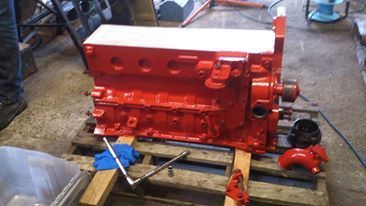
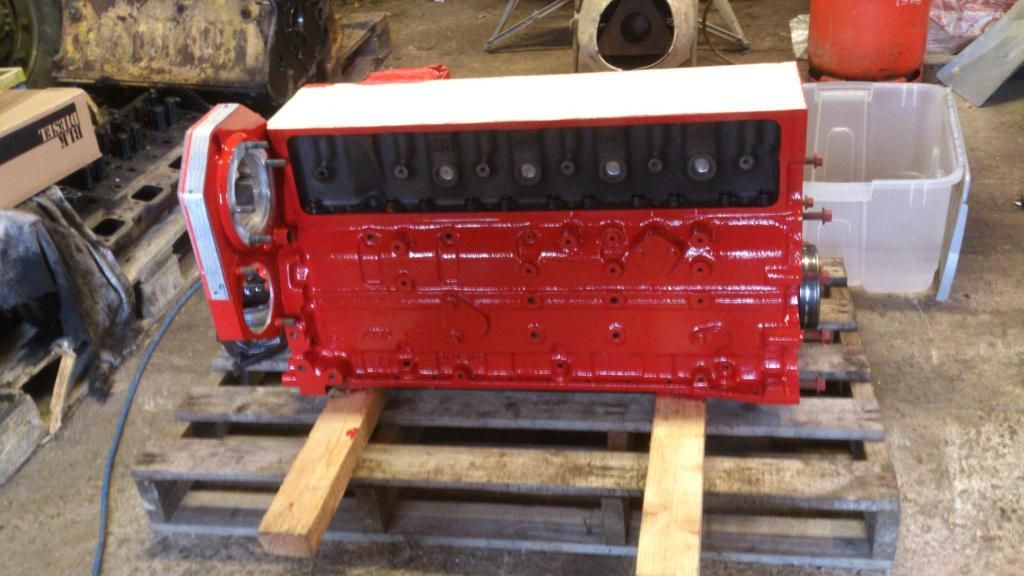
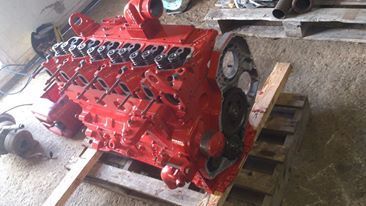
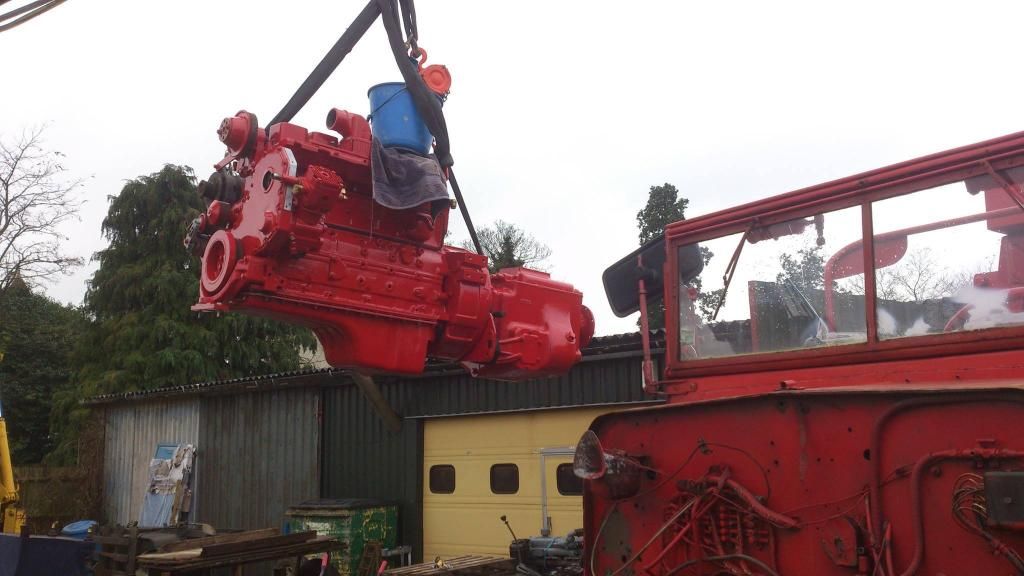
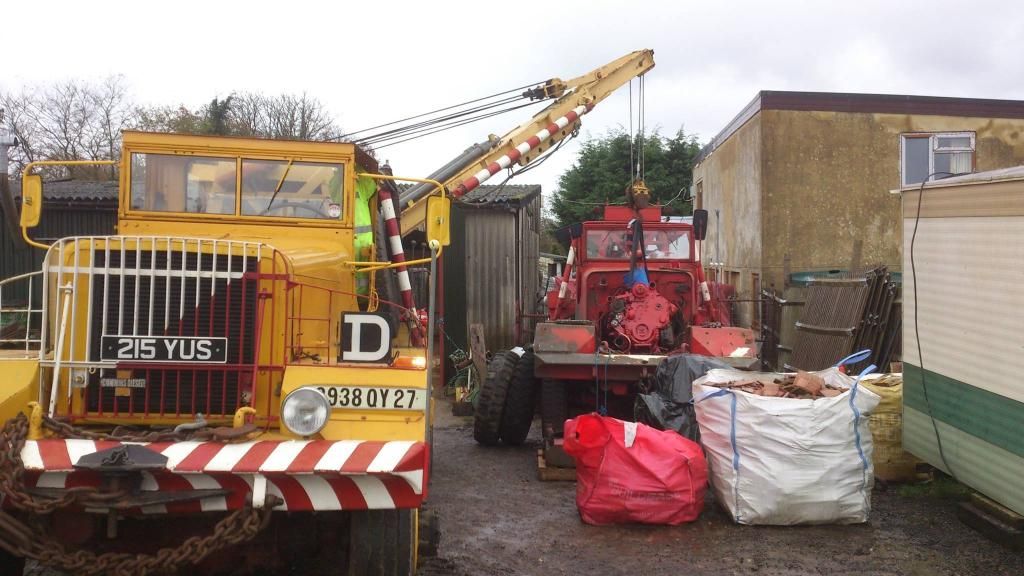
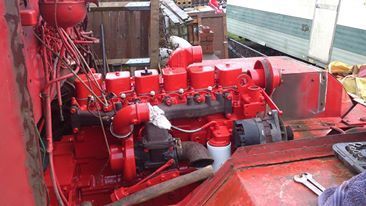

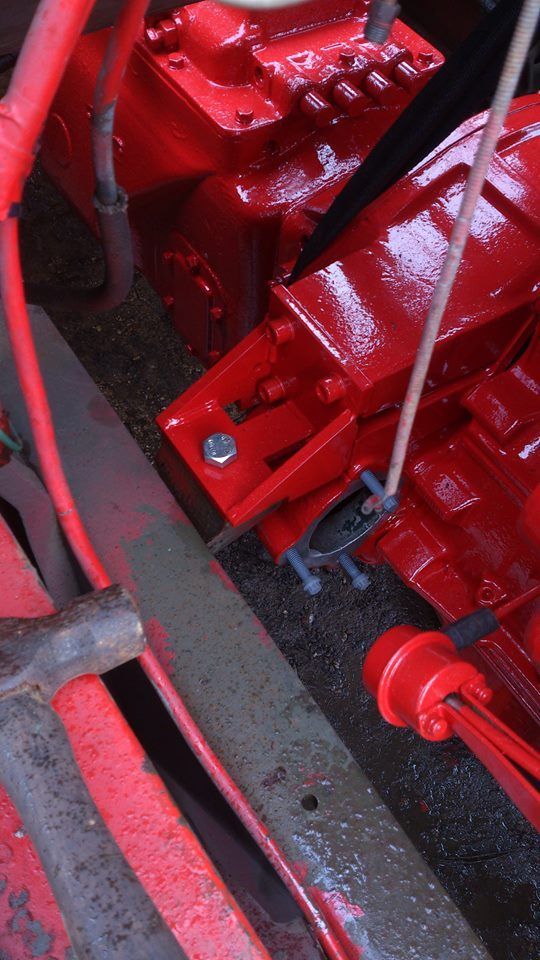
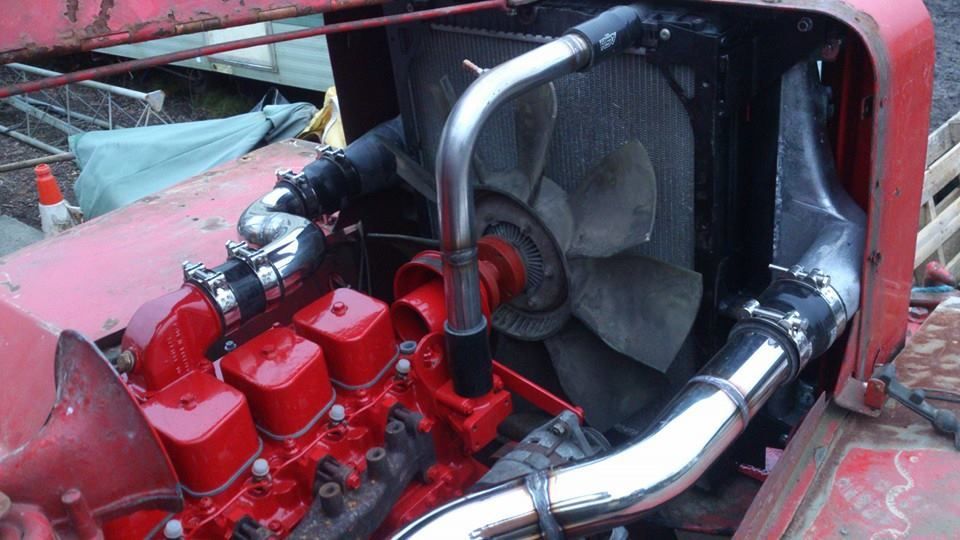
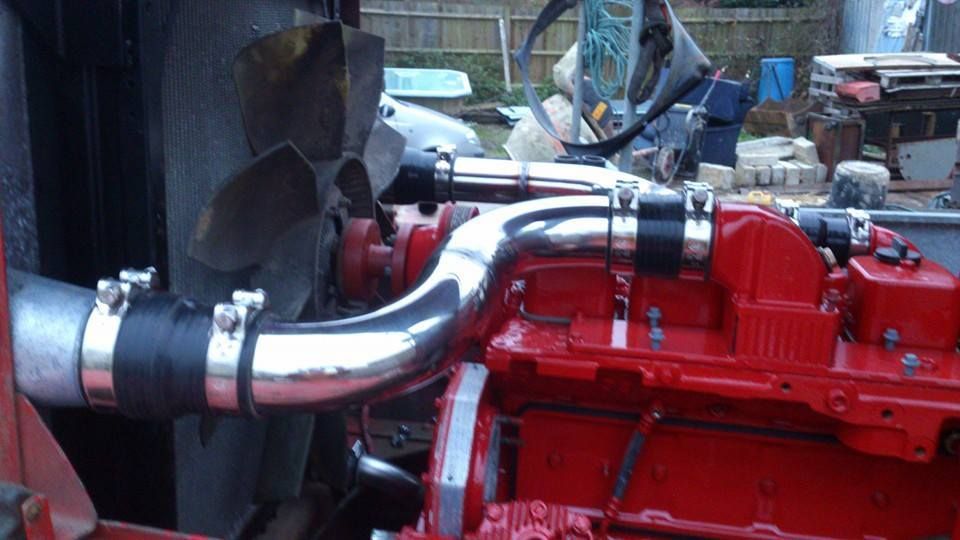
Central London Ultra Low Emmission Zone 2020
in Legislation, Licenses & Registration
Posted
Won't help you Tony, You can't tow a laden trailer with a vehicle taxed as 'historic'. They've thought of that! ;-)
On a more serious note I'm pleased to see the good work we did for the historic vehicle movement during the original LEZ consultation is being carried on, and the 'historic' exemptions will continue to be respected.
- MG